Fatty liver disease, also known as hepatic lipidosis, is the overaccumulation of fat in the liver that causes serious illness. It's one of the most common forms of acquired liver disease in cats, and it can quickly lead to liver failure and death without treatment. Most cats will recover with treatment, but it's a lengthy process. Here's how to identify, treat, and prevent fatty liver disease in cats.
What Is Fatty Liver Disease in Cats?
Fatty liver disease in cats occurs when the liver becomes overwhelmed with fat and no longer functions properly. The medical term for this condition is hepatic lipidosis. If fatty liver disease is left untreated, it can progress to complete liver failure, which is often fatal.
When a cat stops eating for more than three or four days, the stage is set for the development of hepatic lipidosis. The cat's liver tries to compensate for the shortfall of calories by pulling fat out of storage to break it down and convert it into a usable energy source. If the liver accumulates fat faster than it can process it into energy, the liver cells become engorged with fat, causing the cells to swell. This reduces the liver's ability to function even further, and can eventually cause it to fail altogether.
Normal Liver Function
The liver performs a variety of critical functions related to digestion, including processing fats and carbohydrates to make energy, synthesizing proteins and vitamins that are crucial to healthy cellular function, serving as a storage space for vitamins and iron, producing several different hormones, and breaking down toxins in the bloodstream so they can be eliminated from the body.
As a carnivore, a healthy cat's diet should contain a minimum of 50 percent protein, at least 30 percent fat, and less than 10 percent carbohydrates. A healthy feline liver has no problem processing that fat as the cat consumes it and converting it into energy sent throughout the body.
Symptoms of Fatty Liver Disease in Cats
Fatty liver disease in cats is typically preceded or accompanied by a sudden refusal to eat. This causes the cat to lose weight rapidly, which is often the first symptom of the disorder. Other symptoms develop as the liver struggles to process fat.
- Not eating
- Weight loss
- Lethargy
- General weakness
- Dehydration
- Yellowing of the skin and eyes
- Vomiting
- Diarrhea
You'll likely first notice that your cat isn't eating as much as normal or won't eat anything at all. This quickly leads to weight loss, which can be extensive, especially in overweight cats. It's not unheard of for a cat to lose as much as 25 percent of their body weight. The cat may also drink less water, which can lead to dehydration.
As the liver begins to fail, jaundice often appears. This is a yellowish tint to the cat's eyes and skin caused by a buildup of bilirubin in the blood due to liver impairment. The cat might have diarrhea or vomiting and may appear lethargic and weak. Your cat might become shyer than usual, hide, or stop playing as usual.
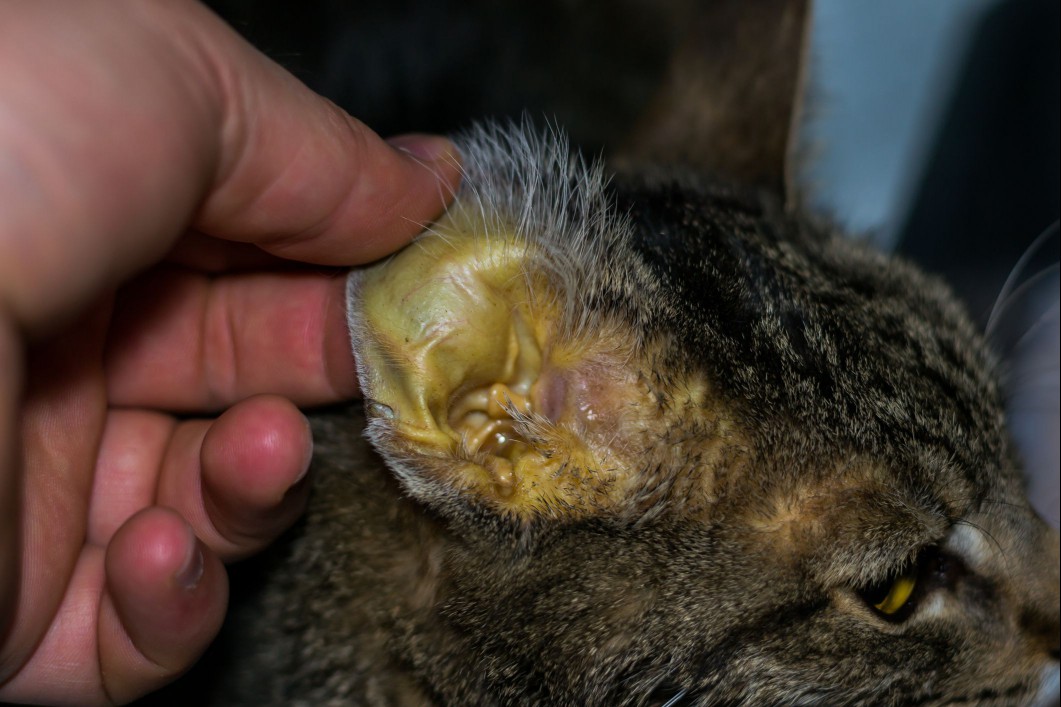
What Causes Fatty Liver Disease in Cats?
Any scenario that causes a cat to stop eating suddenly can cause fatty liver disease. This can happen due to extreme stress or, more commonly, an underlying illness. Some of the more common underlying illnesses that can lead to hepatic lipidosis include:
- Cancer
- Other diseases of the liver
- diabetes,
- pancreatitis,
- hyperthyroidism
- kidney disease
- Obesity
Cats may also stop eating due to intense environmental stress, such as a recent move, a new member of the household, or a schedule change.
Diagnosing Fatty Liver Disease in Cats
If your cat has stopped eating for more than a day or two, they should be seen by a veterinarian as soon as possible. The vet will perform a full physical examination and discuss your cat's full history, Next, they'll collect a blood sample to perform a complete blood count and check organ function, as well as look for signs of underlying illnesses.
Specific enzymes in the blood can provide information that helps the veterinarian determine whether or not the liver is functioning well. These enzymes may indicate that your cat has fatty liver disease or another problem causing the same symptoms. Your vet might also want to do an abdominal ultrasound, which can reveal signs of hepatic lipidosis or another liver disease.
To definitively diagnose a cat with fatty liver disease, a biopsy of the liver is required. This is usually performed under sedation by inserting a long needle through the cat's skin and into the liver to retrieve a small sample. If the cat has hepatic lipidosis, a microscopic examination of the liver sample will reveal excessive fat in and around the cells.
How to Treat Fatty Liver in Cats
The treatment for fatty liver in cats is focused on restoring hydration and reintroducing calories and nutrients to the digestive system.
Hospitalization and Fluids
Because many cats with fatty liver disease are dehydrated when first brought to the animal hospital, they are often started right away on intravenous fluids. Once the cat is rehydrated, the process of restoring food intake begins.
Feeding Tube and Medications
Because these cats are typically unwilling to eat enough to sustain themselves, the standard treatment consists of surgically implanting a feeding tube. This may be placed into the cat's esophagus or the stomach.
A specially formulated liquid diet is introduced slowly through the feeding tube, allowing the cat's liver to recover gradually while supplying the needed calories and nutrients. Cats typically need to stay in the hospital for several days to a week for treatment and monitoring. They'll continue to be fed through the tube and may also receive medications to help heal the liver and treat underlying health issues.
Home Care and Recovery
Once your veterinarian feels that your cat is stable enough to leave the hospital, you will be instructed on how to continue the tube feedings at home. Generally, this involves using a syringe to inject a special prescription food mixed with water into the feeding tube three to five times per day, and then flushing the feeding tube with sterile water to keep it free from clots.
Most cats require at least six to seven weeks of tube feeding. During this time, your vet may advise you to offer your cat their favorite food by mouth once a week or so. This will allow you to determine when your cat's normal appetite returns. As your cat begins to eat normally, you will reduce the amount of tube feedings with your vet's instructions.
Once your cat is eating normally for at least three or four days, your vet will remove the feeding tube. Do not attempt to remove the tube yourself.
Prognosis for Cats With Fatty Liver Disease
If your cat receives prompt treatment before the hepatic lipidosis progresses to full liver failure, the prognosis is good. Most cats recover from the condition and do not experience another episode. However, if your cat has a serious underlying condition that triggered the fatty liver disease, and that condition is not treatable, then your cat's prognosis is more guarded.
How to Prevent Fatty Liver Disease
The best way to prevent fatty liver disease is to keep your cat at a healthy weight. This can be accomplished through a balanced diet with the right amount of calories and nutrients for your cat's age, activity level, and size. Your cat should exercise daily, as well, which can take the form of play sessions chasing a ball or string, or similar fun interactions.
If your cat has a chronic health condition, such as hyperthyroidism, kidney disease, or liver disease, it's even more important to be vigilant about your cat's eating habits. Should your cat suddenly refuse to eat, it's time for a call to your veterinarian.
Related Article
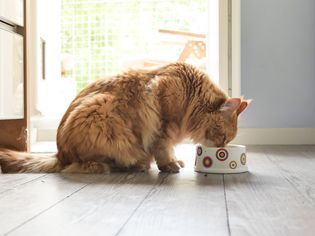
How Much Wet Food to Feed a Cat Every Day
The amount of wet food you should feed your cat depends on several factors, including the cat's
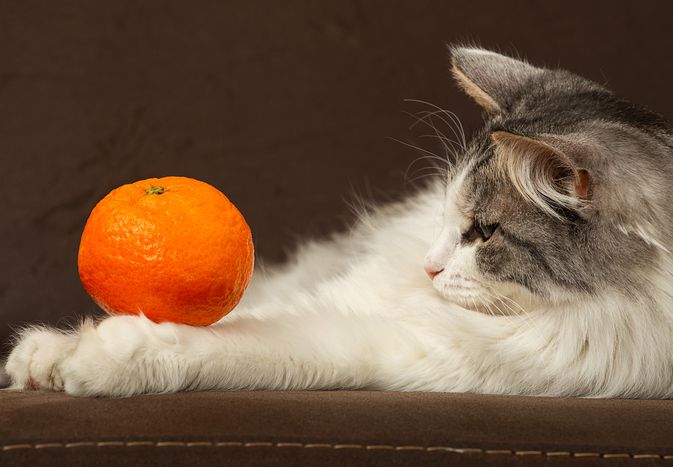
Are Oranges Dangerous for Cats? What the Experts Say
Most cats hate the smell of citrus and are unlikely to nibble on your orange. However, as a pet par
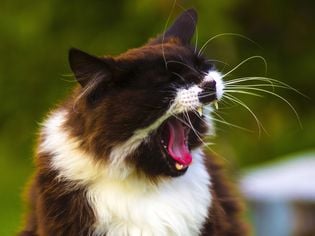
Why Is My Cat Sneezing?
Have you ever seen your cat sneeze? Like humans and other animals, sneezing is a normal thing if it
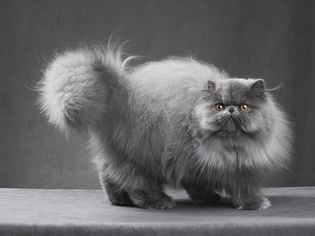
Persian Cat: Breed Profile, Characteristics & Care
The Persian cat has been cherished for hundreds—if not thousands—of years, tracing their origin
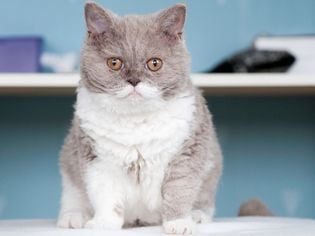
Selkirk Rex: Cat Breed Profile, Characteristics & Care
The Selkirk Rex, a breed native to the United States, has a curly coat shared by only three other c
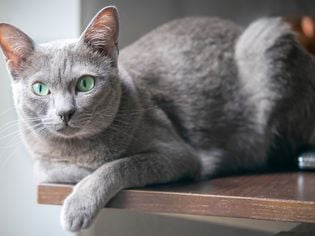
Korat: Cat Breed Profile, Characteristics & Care
The Korat, also known as the Si-Sawat, is a stunning cat breed that originated in Thailand over 900
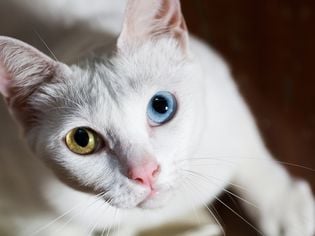
Khao Manee: Cat Breed Profile, Characteristics & Care
The pure white khao manee (pronounced "cow man-ee") is also known as the diamond eye cat be
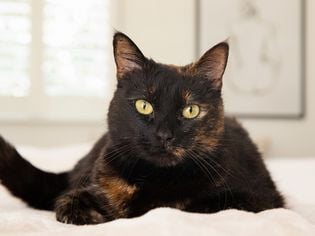
8 Fascinating Facts About Tortoiseshell Cats
Tortoiseshell cats are named for their bi-colored coats that look like the shell of a tortoise. To
About FleaFree Feline
We are a premier digital platform committed to delivering high-quality content to our readers. Our mission is to provide accurate, reliable, and engaging information that adds value to our audience's daily lives.
Our team consists of experienced content creators and subject matter experts who uphold the highest standards of professionalism. In an era of information overload, we curate content with care, ensuring our users receive only the most relevant and trustworthy information.
Beyond just reporting facts, we focus on depth and context. Through expert analysis, comprehensive research, and clear presentation, we help our audience gain meaningful insights and make informed decisions.
We take pride in being a trusted information source for our growing community of readers. Our user-first approach means we continuously adapt to provide content that meets our audience's evolving needs and interests.
Innovation and excellence drive everything we do. We're committed to improving our platform and services to deliver the best possible experience for our users.

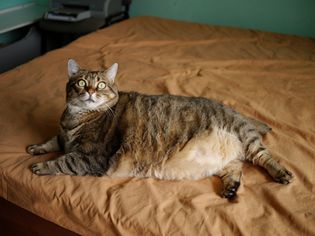
Comments on " Fatty Liver Disease (Hepatic Lipidosis) in Cats" :